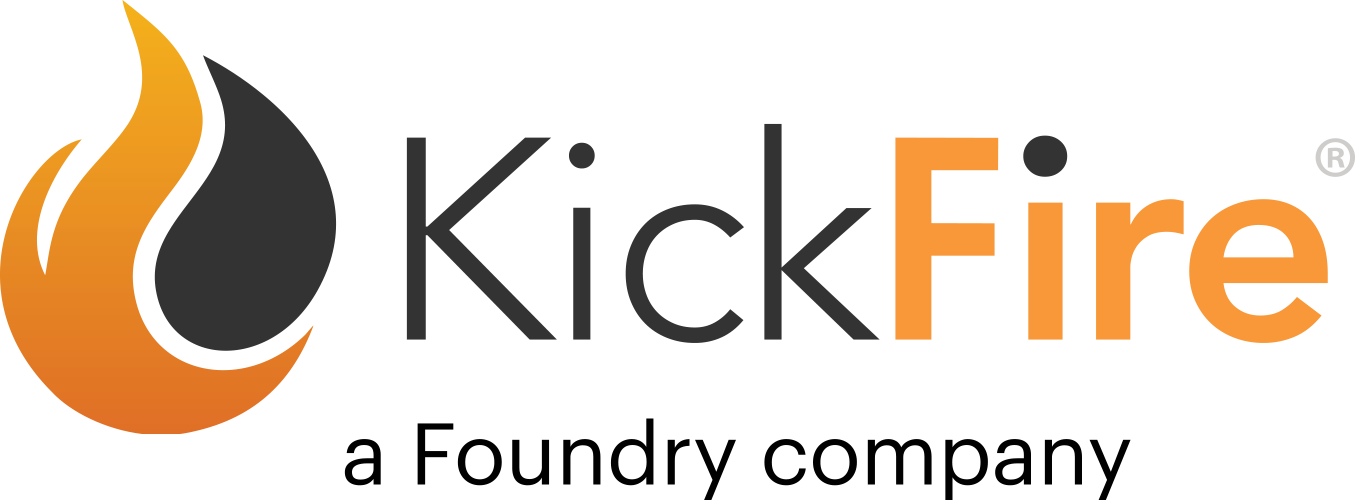The look on Ben Franklin’s face says it all, he’s disappointed, he doesn’t like it when you waste your money, and I'm sure you don't either.
If you’re advertising on Google or any other search engine and you’re not optimizing your ads to target your in-market buyers, you’re basically lighting money on fire - sure, it makes for a good show, but it’s not going to convert to revenue.
This might seem like a ridiculous example, but let me ask you something, have you heard this saying before?
“Half of my marketing is working, I just don’t know which half.”
This age-old adage perfectly describes a problem that has plagued the marketing world since the dawn of time - ad waste. Ad waste is the concept of marketers spending tons of money to show ads to people (or companies) that aren’t interested, thereby wasting their advertising budget. This results in lackluster ad campaigns with high costs and low conversion rates. We created this guide to show you 5 easy fixes to increase the effectiveness of your Google Search ads and drastically reduce the number of wasted marketing dollars.
1. Define Your Audience, Be Specific
Just like ABM, the first step in any good ad campaign is targeting. Without a specific target audience in mind, you’ll see your ad dollars fly out the door faster than you can say “ad waste.” Using company traits (firmographics) like industry, revenue, and employee count to find your target audience will ensure that you have a solid foundation to work from when you're crafting your messaging and deciding exactly where/when/how to present them.
2. Make an Exclusion List
Once you’ve found your target audience, it’s just as important to know who NOT to market to. Showing ads to single session bouncers, companies outside of your target account list, competitors, and even your own employees are essentially the same as burning money. Using exclusion lists within Google Analytics will prevent you from showing ads to certain accounts even if they are searching for your specific keywords – allowing you to put that money to better use by showing your ads to more relevant companies.
3. Use Both Phrase Match and Exact Match Keywords
Keyword-based search ads can be one of the most effective ways to get more clicks and drive more traffic, but it can also be one of the most expensive with little return if you’re not careful. If you’re only targeting broad match keywords (i.e. keywords Google thinks are related to your main search term), sure, you’ll get a significant amount of impressions and possibly even clicks, however, the extremely high cost and lack of targeting will often result in conversion rates that just aren’t worth it.
On the other hand, as you get more and more specific with the keywords you’re targeting, you drastically decrease the amount of search traffic, but increase the likelihood that the user will actually be in the market for your product or service.
By using both phrase match keywords, as well as exact match keywords, you will have the best of both worlds - ensuring that you have a big enough target audience to make your campaign effective while reducing the number of ads shown to out-of-market buyers.
4. Leverage IP Address Data and Target Account Watchlists to Bid Higher on Certain Viewers
IP addresses have traditionally been used for a variety of account-based marketing applications, and now savvy marketers are using it to spend their ad dollars more wisely. Reverse IP lookup technologies integrated into Google Analytics can gather a list of IP addresses from companies that have visited your website and shown intent to buy.
By gathering a list of IP addresses of your website visitors, as well as companies on your target account watchlist, you can selectively bid higher on those “high-value” IP addresses, thereby increasing the possibility that your ads will be seen by the most relevant buyers.
5. Monitor, Optimize, Convert
Once you’ve got your ad campaign running smoothly, I’m sorry to say but your work isn’t over yet. A successful campaign requires constant monitoring of things like which companies are actually seeing the ads, which ones are clicking through to your site, and which ones are ultimately converting into paid customers. For more on monitoring the success of your campaigns check out our article on marketing attribution.
Ad waste has plagued the marketing world for years, but it doesn’t have to be this way. Utilizing these 5 methods you’ll not only increase the number of high-quality leads to your website, but you’ll reduce the cost required to run a successful ad campaign. If you’ve read through this post and are still thinking, “Ok, but where do I get the data on exactly who is visiting my website?” Check out our webinar with John Babb from iDimension to show you step by step how to implement these tips into your campaigns.

